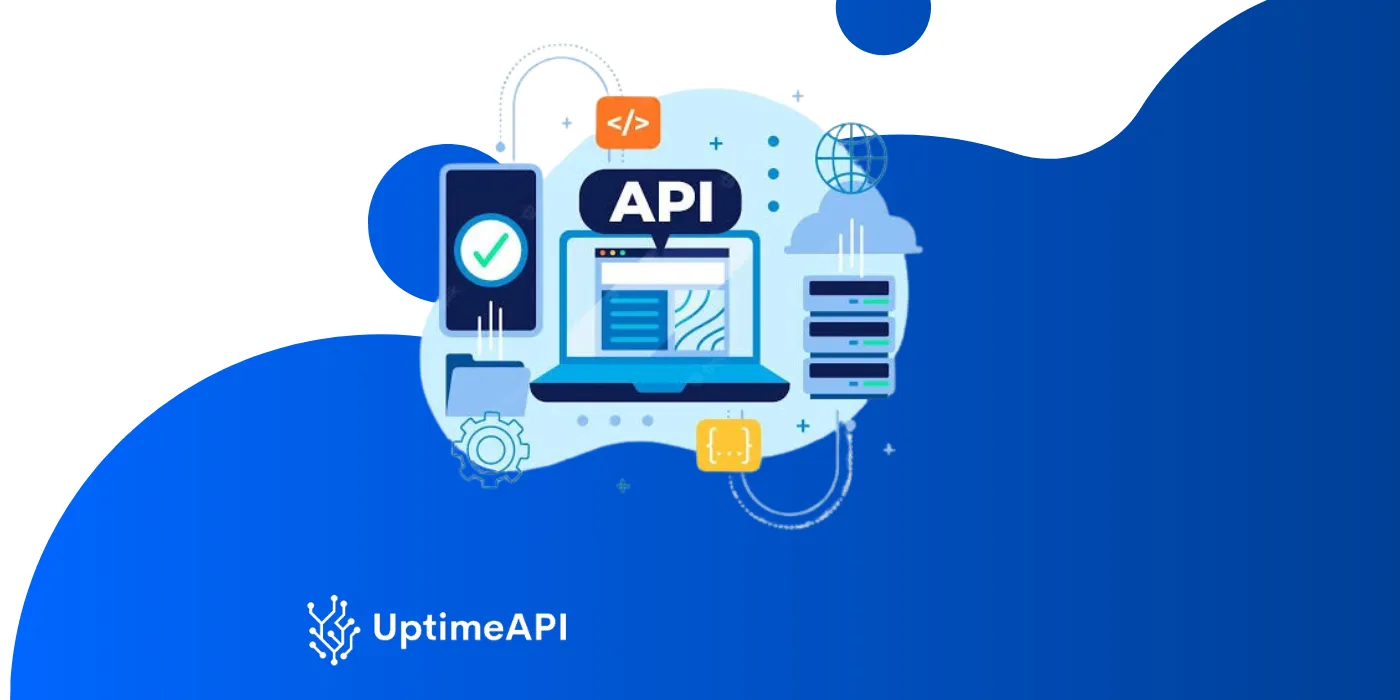API Monitoring Tools: Why Companies Use It

In today's digital landscape, where connectivity reigns supreme, Application Programming Interfaces (APIs) serve as the linchpin for seamless communication between disparate software systems. APIs enable businesses to unlock a myriad of capabilities, from processing payments to accessing social media data. However, ensuring the reliability and performance of these APIs is paramount for businesses to deliver a smooth user experience and maintain operational efficiency. This is where API monitoring tools come into play, providing companies with the means to track, analyze, and optimize their API endpoints. In this article, we'll explore why companies use API monitoring tools and how Uptime API emerges as a solution to their monitoring needs.
Understanding the Importance of API Monitoring
Before delving into the specifics of API monitoring tools, it's essential to understand why monitoring APIs is crucial for businesses. APIs act as bridges that facilitate the exchange of data and functionality between different software applications. Any disruption or degradation in API performance can have far-reaching consequences, including decreased productivity, revenue loss, and damage to brand reputation. By monitoring APIs proactively, companies can identify and address issues before they escalate, ensuring uninterrupted service delivery to their customers.
Challenges in API Monitoring
Traditionally, monitoring APIs posed several challenges for businesses. Many companies relied on manual methods or basic monitoring scripts, which were often time-consuming and prone to errors. Additionally, the sheer volume and complexity of APIs in modern applications made it challenging to track performance metrics effectively. As a result, companies struggled to gain actionable insights into their API infrastructure, leading to inefficiencies and missed opportunities for optimization.
The Role of API Monitoring Tools
API monitoring tools emerged as a solution to the challenges associated with monitoring APIs manually. These tools offer a suite of features designed to streamline the monitoring process and provide companies with real-time visibility into their API endpoints. By leveraging automated monitoring, companies can detect issues promptly, analyze performance metrics, and make data-driven decisions to optimize their API infrastructure. Let's explore some key reasons why companies use API monitoring tools:
1. Proactive Issue Detection
One of the primary reasons companies use API monitoring tools is to detect and address issues before they impact end-users. These tools continuously monitor API endpoints, alerting companies to performance anomalies, errors, and downtime. By receiving instant notifications, companies can take proactive measures to resolve issues swiftly, minimizing disruption to their services and mitigating potential damage to their reputation.
2. Performance Optimization
API monitoring tools provide companies with valuable insights into the performance of their API endpoints. By tracking metrics such as response times, error rates, and throughput, companies can identify bottlenecks and optimize their API infrastructure for better performance. Additionally, these tools enable companies to conduct load testing and performance benchmarking, helping them understand how their APIs perform under different conditions and scalability requirements.
3. Compliance and Security
In today's regulatory landscape, compliance and security are top priorities for businesses handling sensitive data. API monitoring tools offer features such as security scanning, compliance monitoring, and access controls to ensure that API endpoints adhere to industry standards and best practices. By monitoring for security vulnerabilities and unauthorized access attempts, companies can safeguard their data and protect against potential breaches or compliance violations.
4. Operational Efficiency
Efficiently managing a complex API ecosystem requires visibility and control over API performance and usage. API monitoring tools enable companies to track key metrics, monitor usage patterns, and generate comprehensive reports to gain insights into their API infrastructure's health and utilization. By optimizing resource allocation and identifying areas for improvement, companies can enhance operational efficiency and reduce costs associated with downtime and performance degradation.
Introducing Uptime API: Monitoring Made Simple
Amidst a sea of API monitoring tools, Uptime API stands out for its simplicity, reliability, and ease of use. With its intuitive dashboard, seamless integration capabilities, and customizable alerting features, Uptime API empowers companies to monitor their APIs with confidence. By providing real-time visibility into API performance and proactive issue detection, Uptime API enables companies to deliver seamless experiences to their customers while maximizing uptime and operational efficiency.

Conclusion
In an increasingly interconnected world, APIs play a critical role in powering digital experiences and driving business innovation. However, ensuring the reliability and performance of APIs requires robust monitoring tools capable of providing real-time visibility and actionable insights. API monitoring tools enable companies to detect issues proactively, optimize performance, ensure compliance and security, and enhance operational efficiency. With Uptime API, companies can monitor their APIs with ease and confidence, ensuring uninterrupted service delivery and maintaining a competitive edge in today's dynamic marketplace.